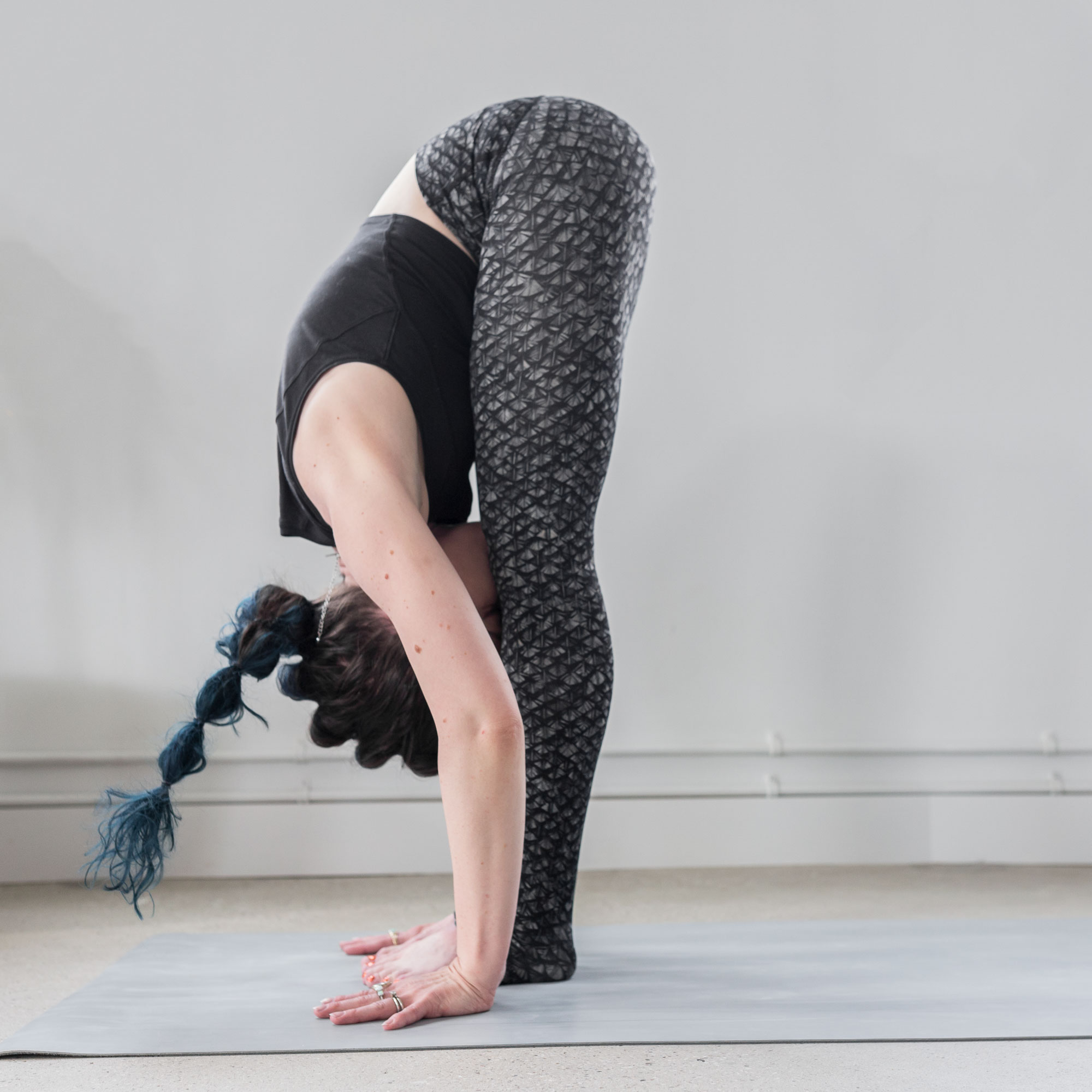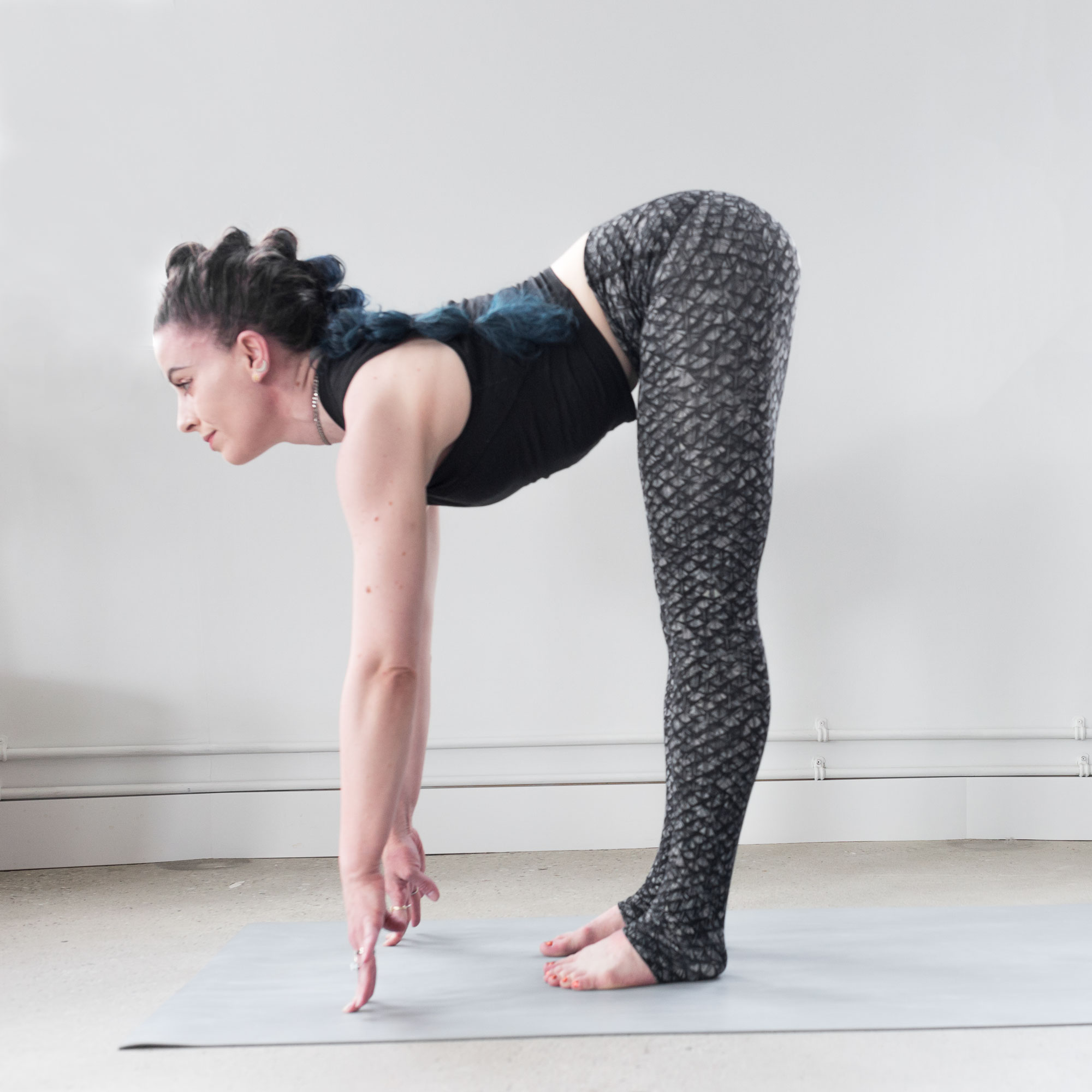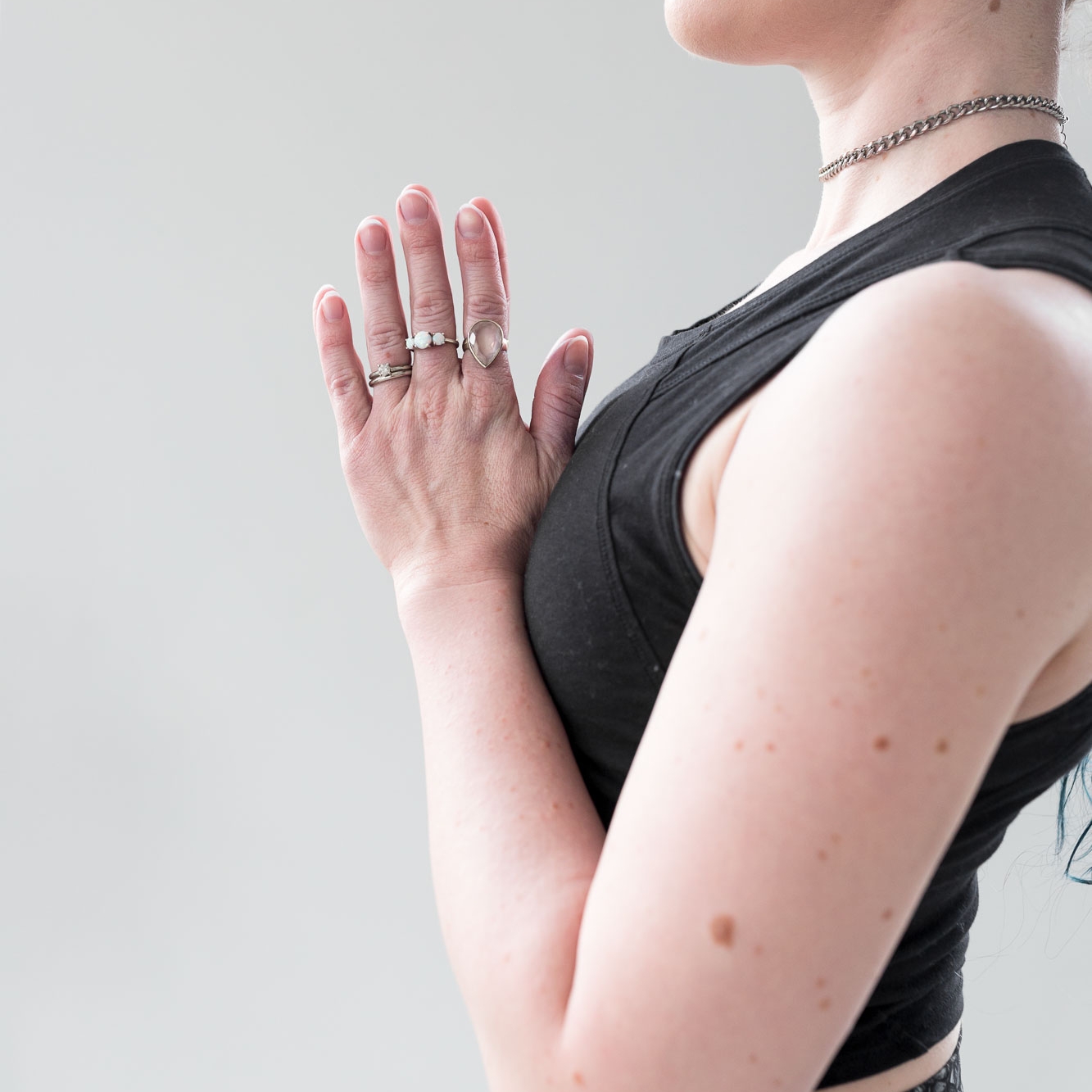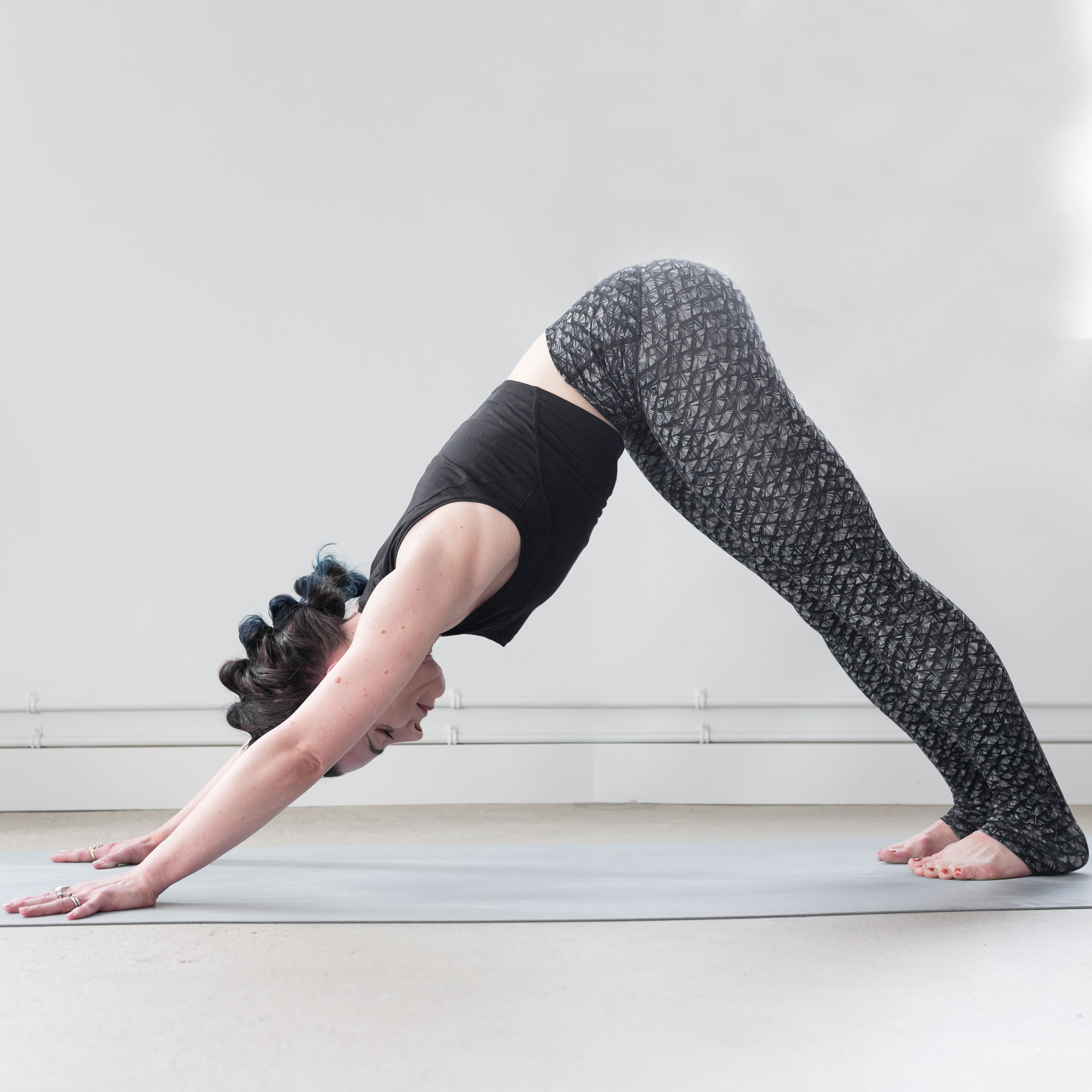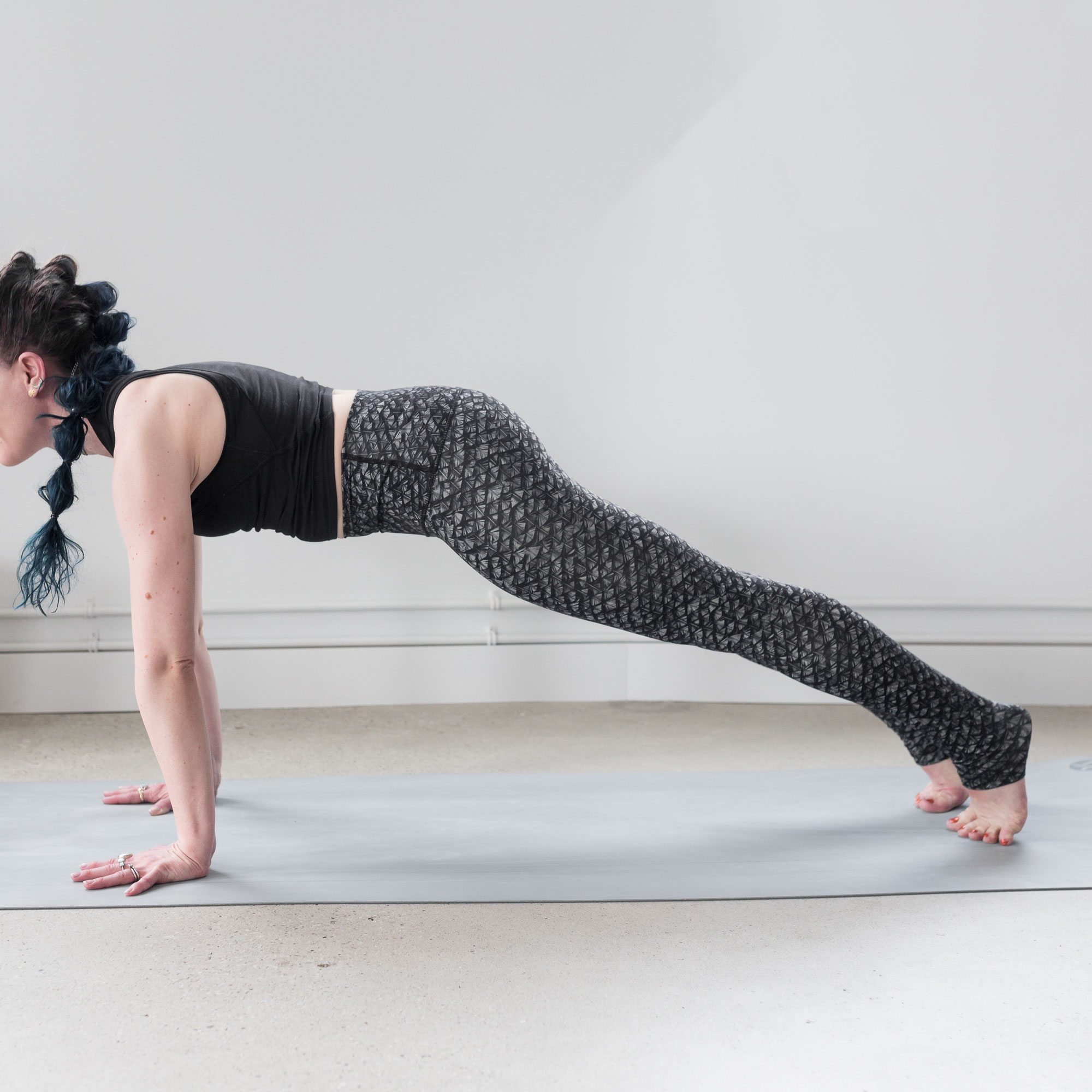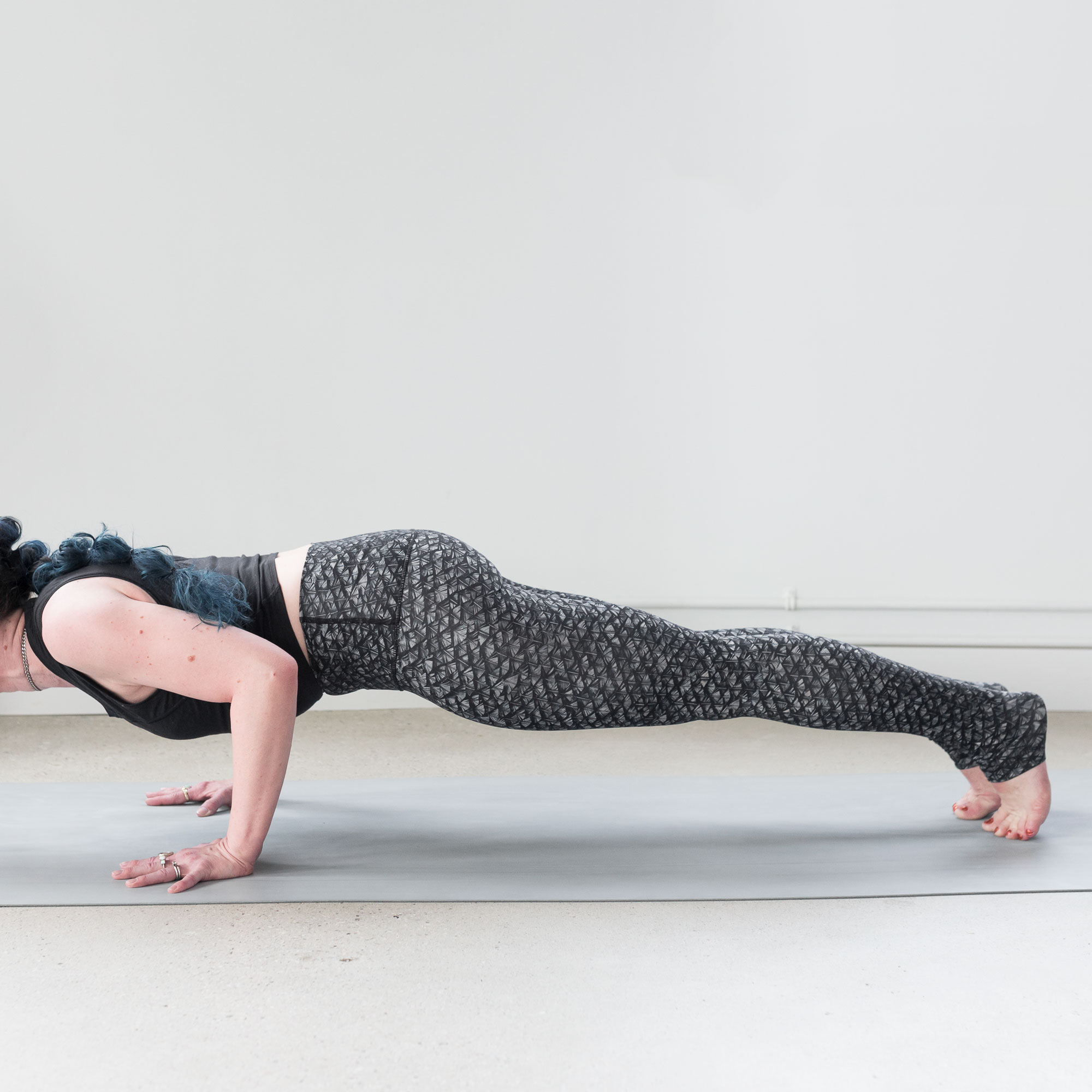Break It Down: Vinyasa
Written by Kristine Owen Wood | Photographed by Caitlin Varrin
What is Vinyasa?
One term, many meanings!
Vinyasa, translated:
“To move or arrange in a special way”. It can also mean “movement” or “position of the limbs”.
Vinyasa, the style of yoga:
refers to a strong, dynamic, continuously flowing practice which aims to seamlessly integrate movement and breath. a.k.a, ‘Moving Meditation’: The relative quick pace of Vinyasa Flow with its emphasis on matched breath/movement and fluid transitions between poses allows many practitioners to relax habitual thought-loops and enter an embodied “flow state” of being. Same same but different? Styles of yoga at Yogalife which are synonymous with, derived from, or closely related to Vinyasa include “Ashtanga”, “Rocket”, “Sattva”, “Flow”, and the “Yang” portion of “Yin/Yang”.
Why break it down?
Vinyasa classes tend to move more quickly than slower styles like Hatha and in order to “keep the flow”, might not always provide as much in-depth alignment instruction. This can sometimes result in confusion for newbies! It can also create a situation where the most often-repeated set of movements are amongst the least fully-understood.
Potency of practice:
Developing a clear understanding of how to approach Vinyasa for your body, through your body, is essential for unlocking the full potential of your “flow state” experience. Below is a step-by-step guide to aid you in this journey!
Vinyasa, the flow of movement:
“Vinyasa” can also refer to a very specific cycle of poses that repeats throughout any of the above-mentioned class styles.
Rise & Shine!
Vinyasa will often appear first in the course of opening Sun Salutations as a method of evenly warming up the body.
The groove that binds us:
Subsequent Vinyasas alternately serve as fire-stokers, neutralizers, palate-cleansers, and an efficient, elegant method of transitioning from pose to pose.
Full Vinyasa, unmodified
Click on image for more details!
Half Vinyasa, unmodified
Click on image for more details!
Awesome Mods
Mythbuster: modifications are not in any way “lesser” the main pose. In fact, modifications are a highly intelligent way to adapt poses to meet your practice where it’s at and ensure that you build the space and strength you need to evolve, sustainably.
Forward Fold & Halfway Lift
Place blocks underneath hands = more room to stretch out backs of legs & lift through chest
High Plank >> Low Plank
Lower knees to floor = more power to practice correct upper body alignment & thus gain strength. Place blocks under hands to create more height & space in plank.
Upward Facing Dog
Cobra instead! All of the backbendy goodness without undue strain on wrists, low back, or feet. Blocks under hands = more space for spine to lengthen & curve.
Downward Facing Dog
Try Puppy Pose instead! An active version of Child’s Pose (press palms into floor & keep chest & shoulders lifted), it relieves hamstrings and takes pressure out of shoulders and wrists while maintaining energy. Or, place blocks under hands to create more length and space throughout the shape.
Whether you're in that full flow or working with modifications and props, there is a comfortable way to build strength through vinyasa for every yogi!
Listen to what makes your body sing and let that be what guides your practice.
Namaste








